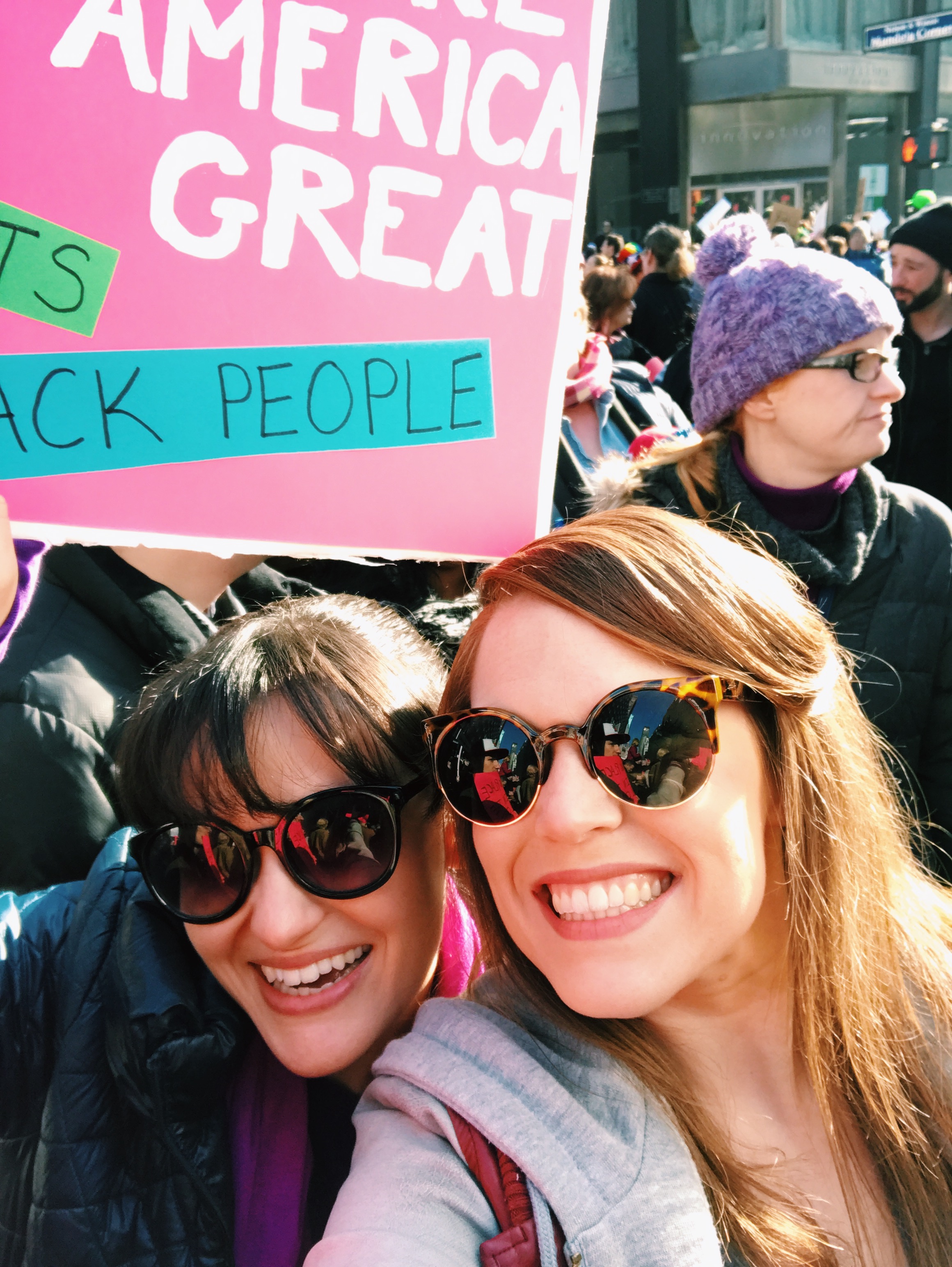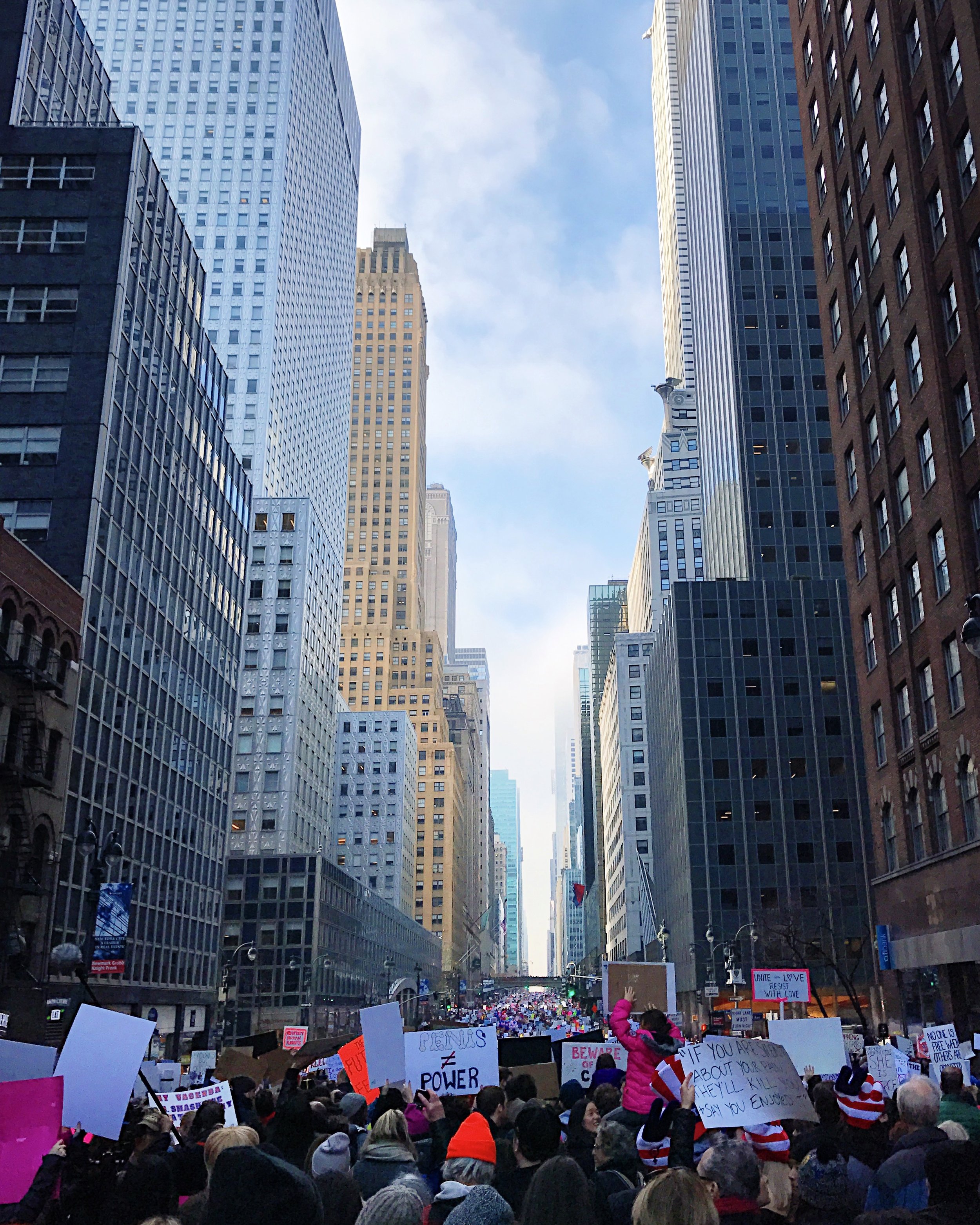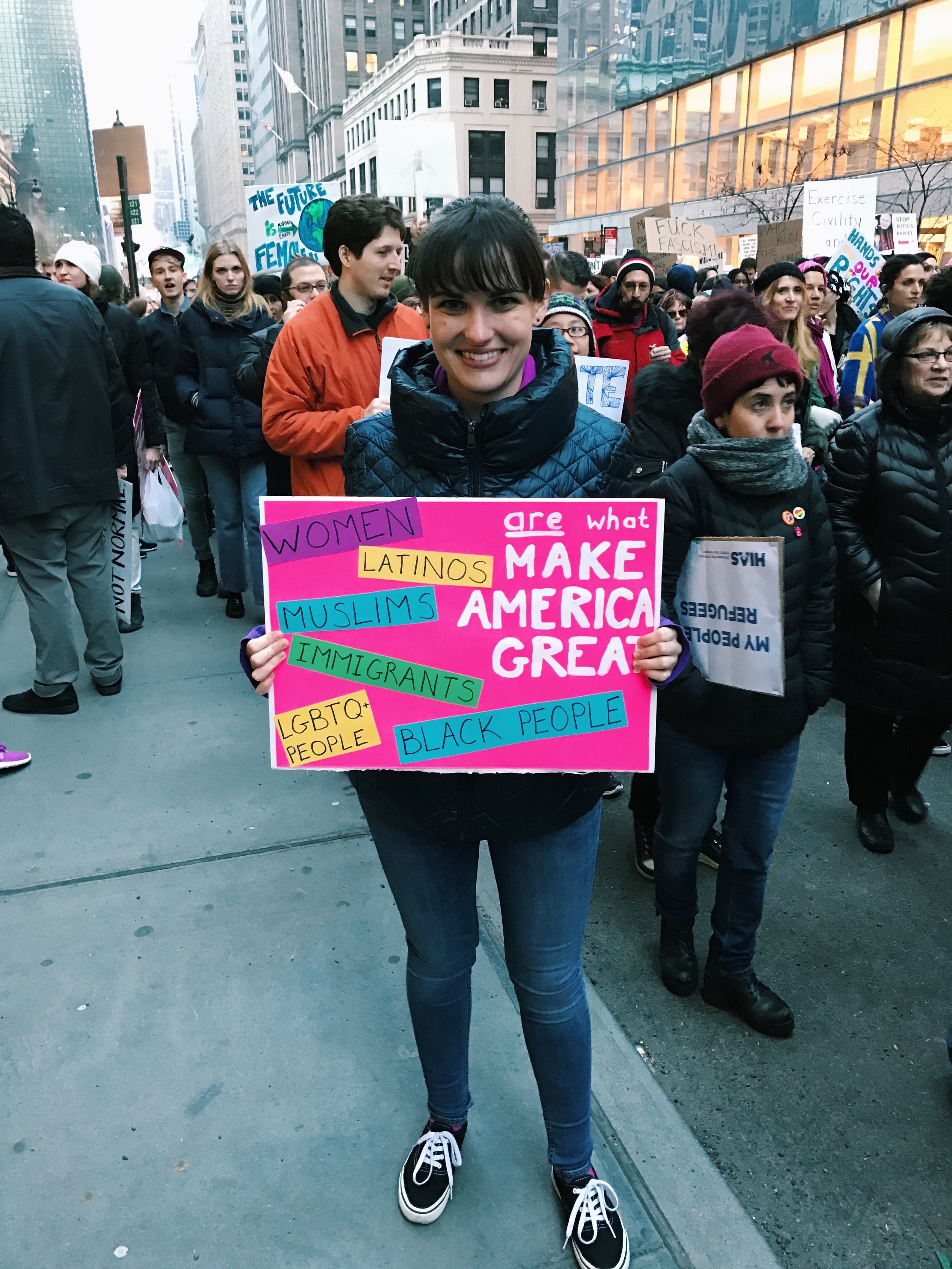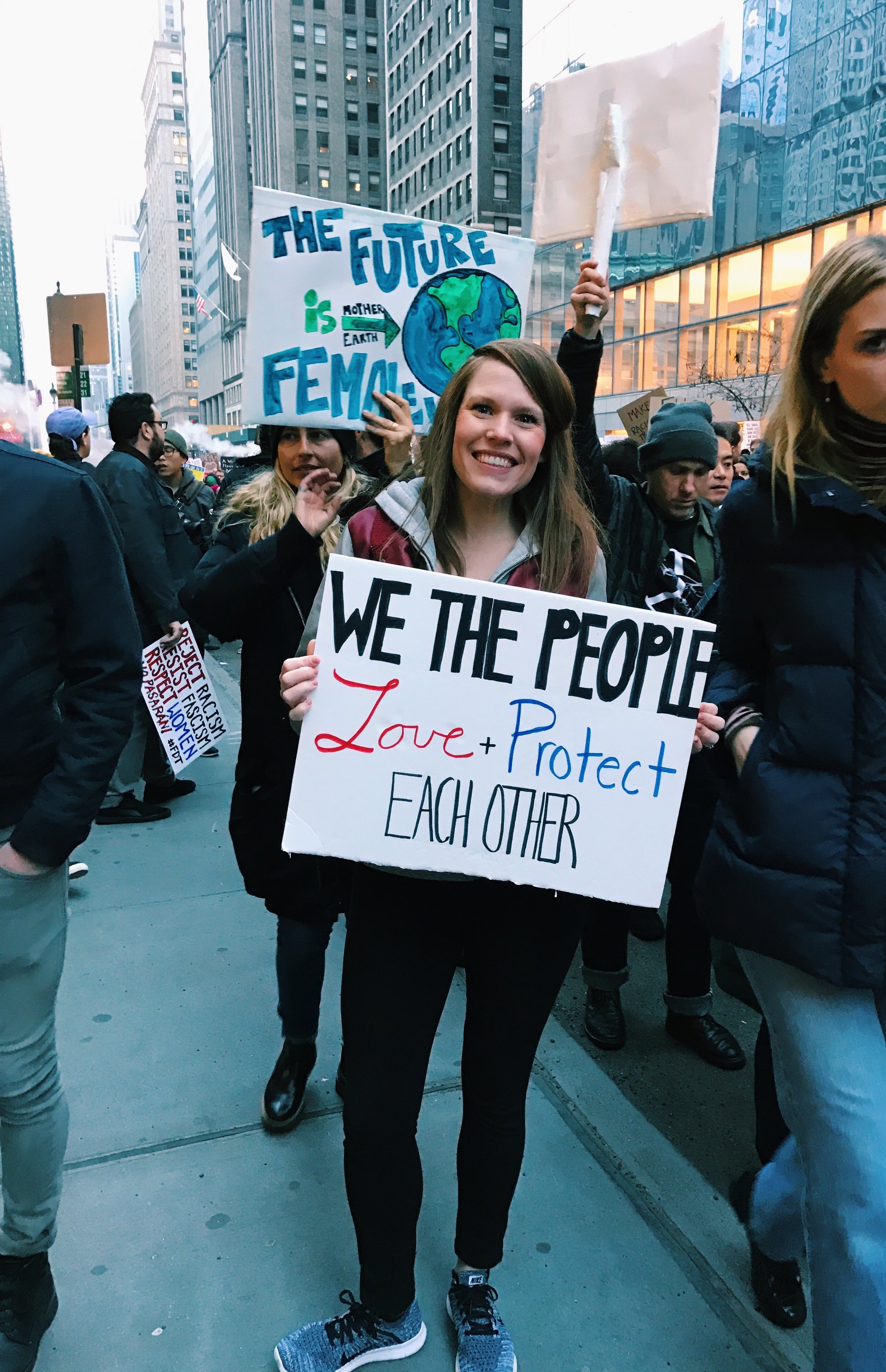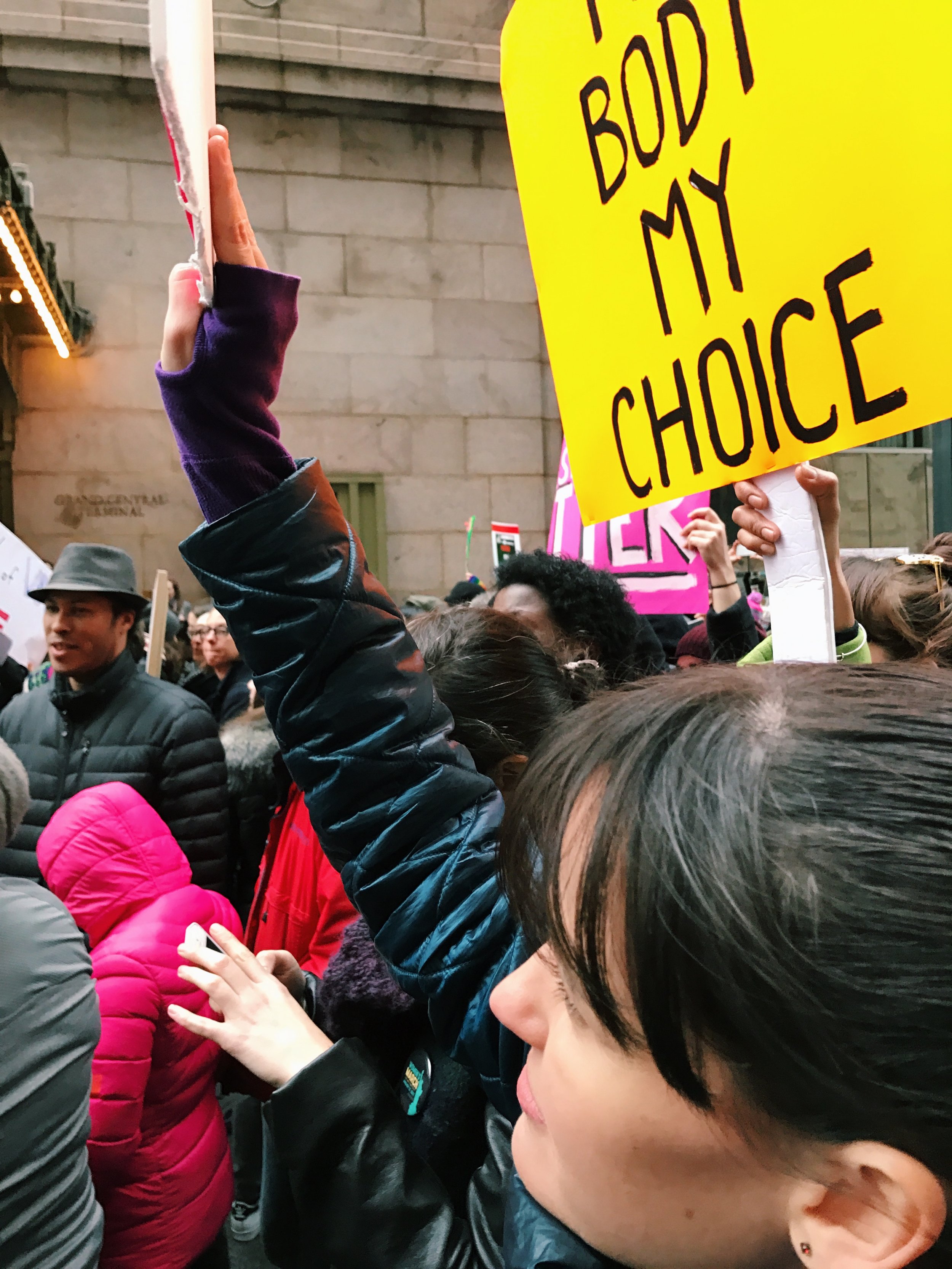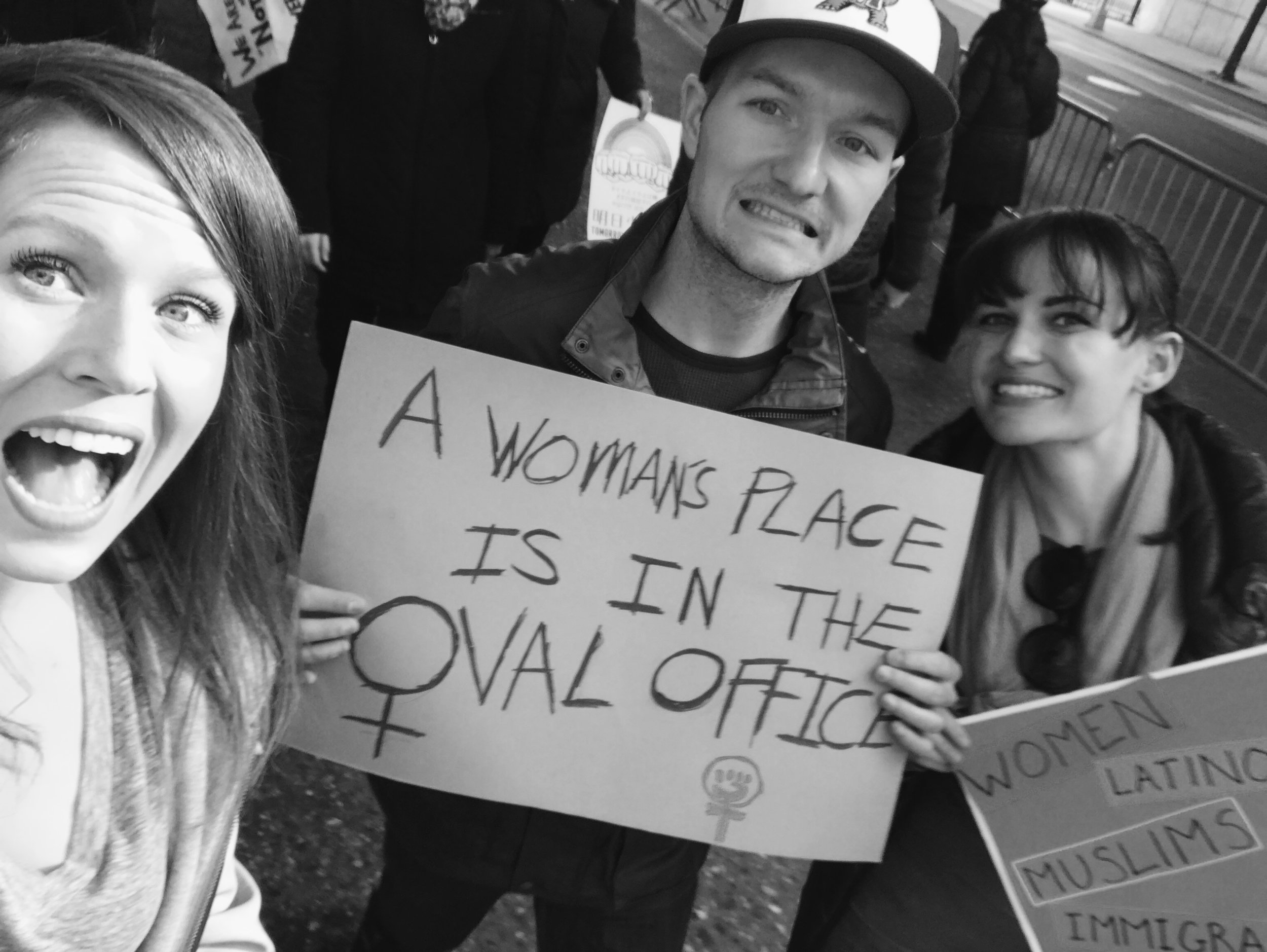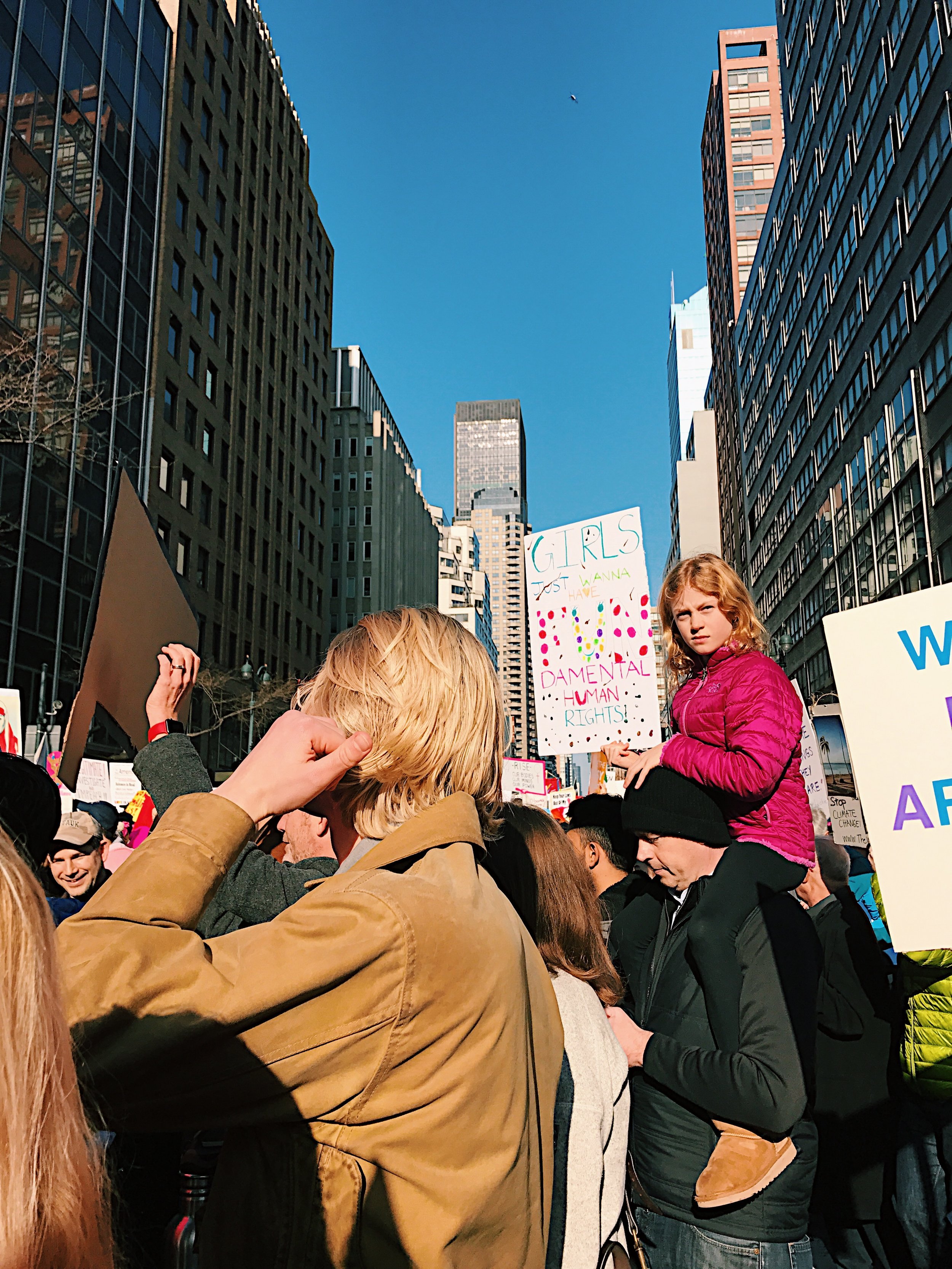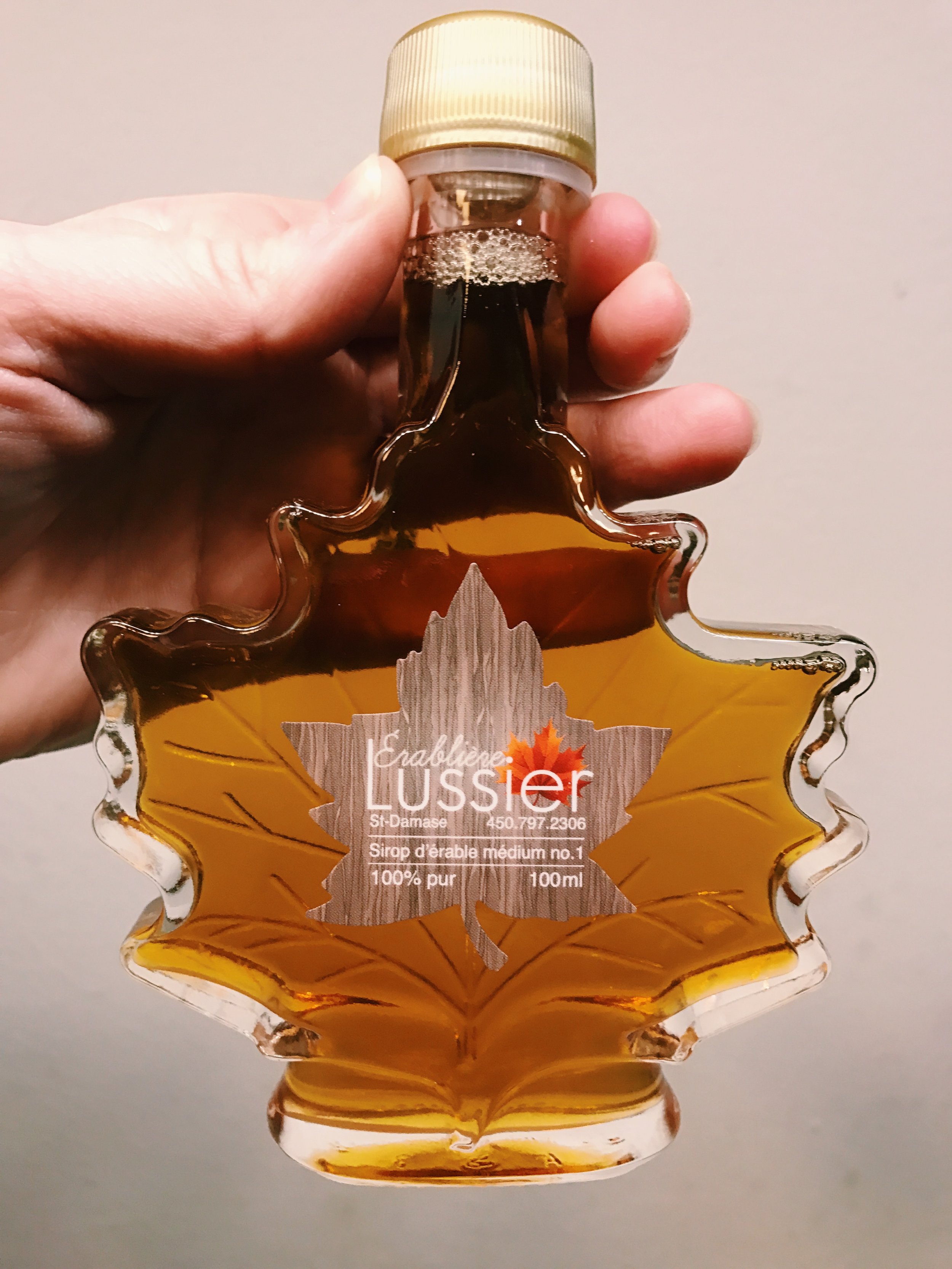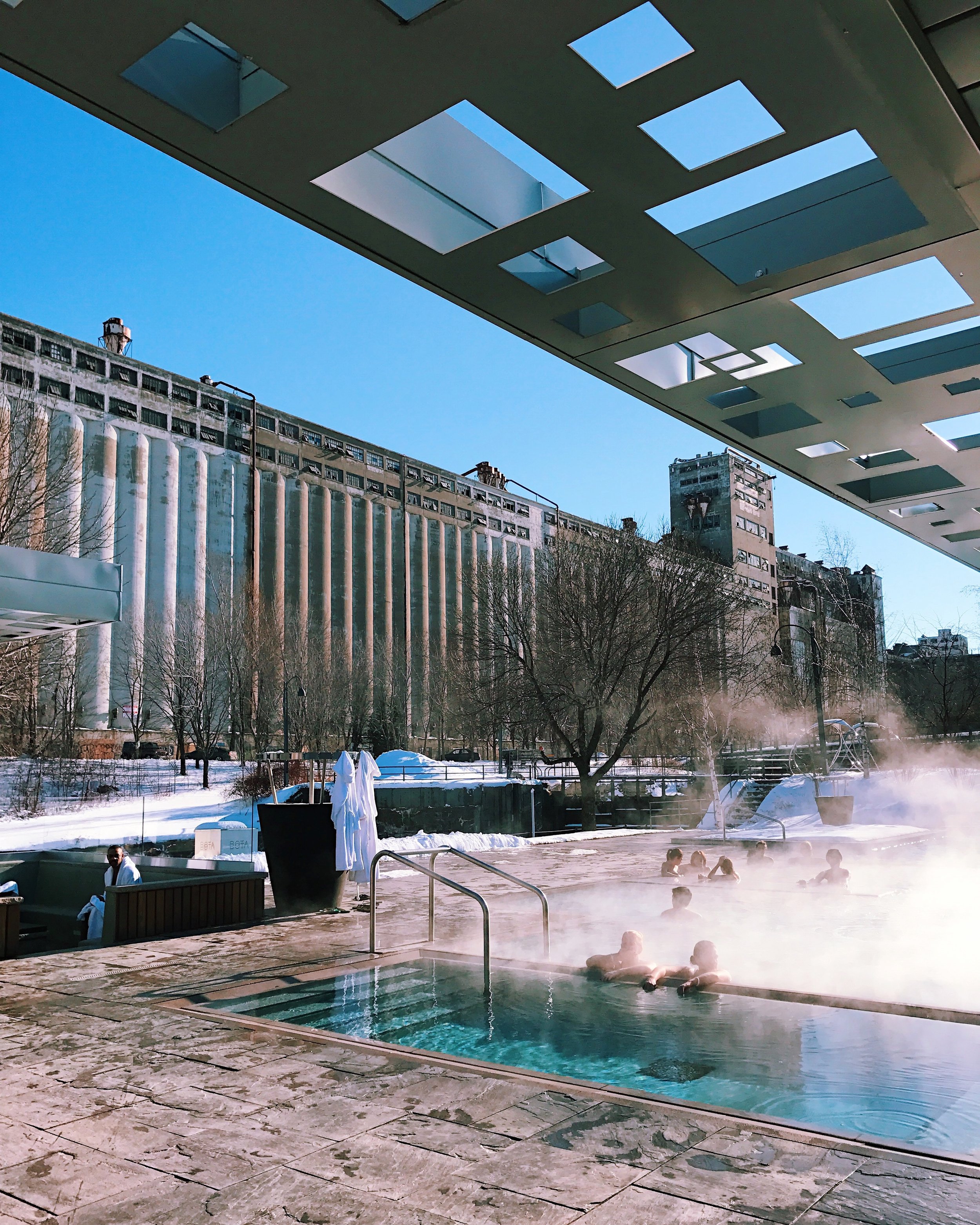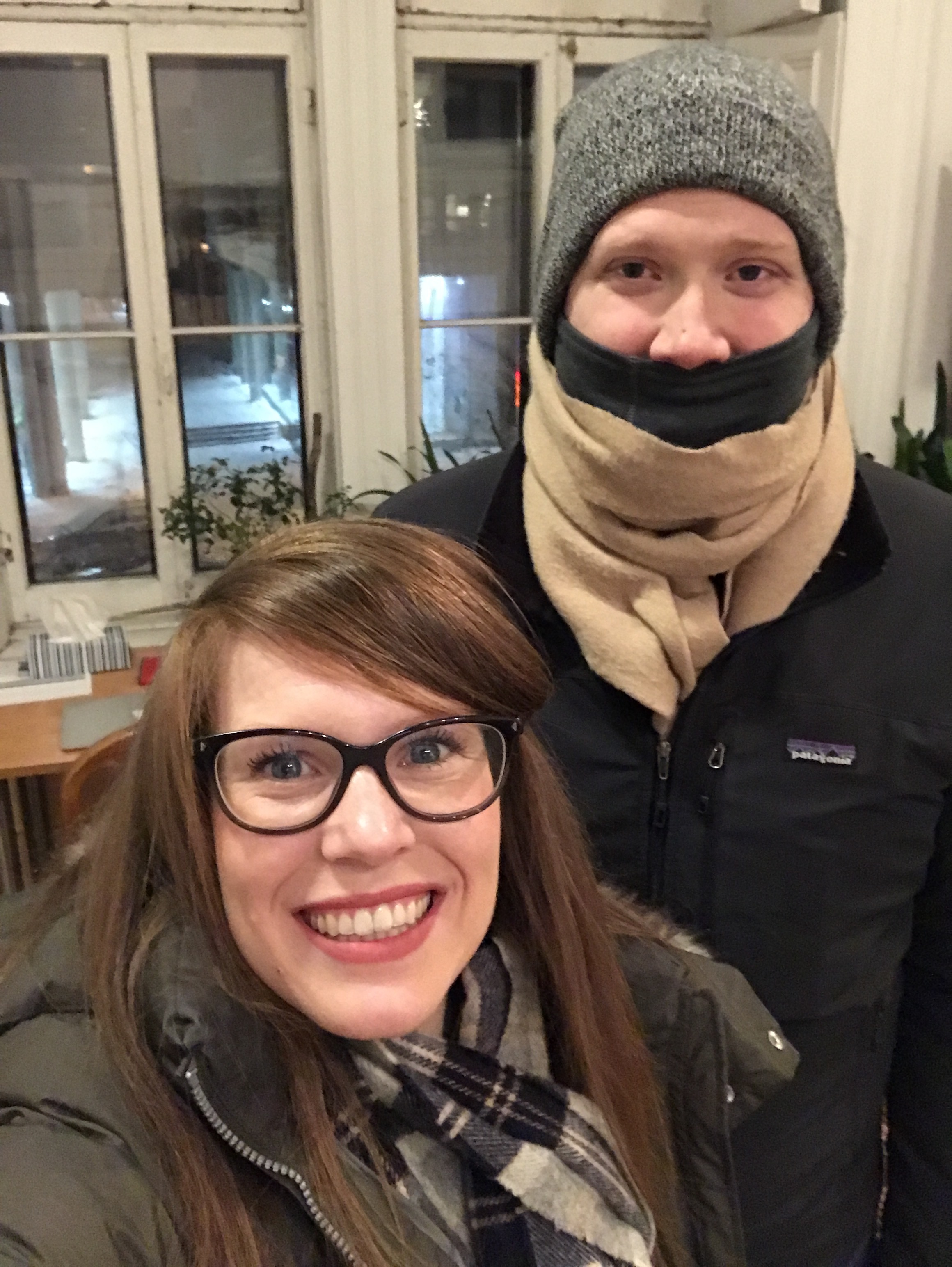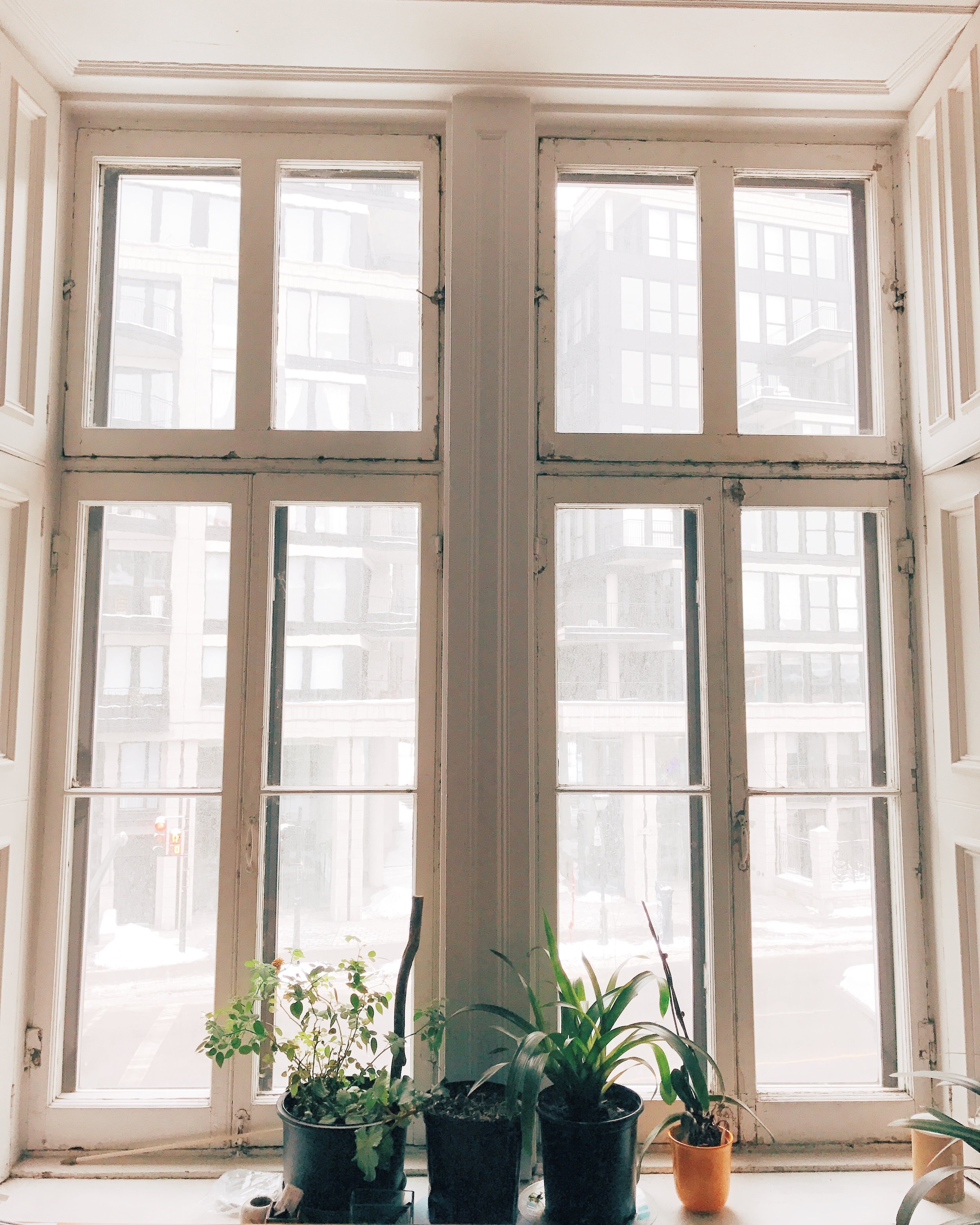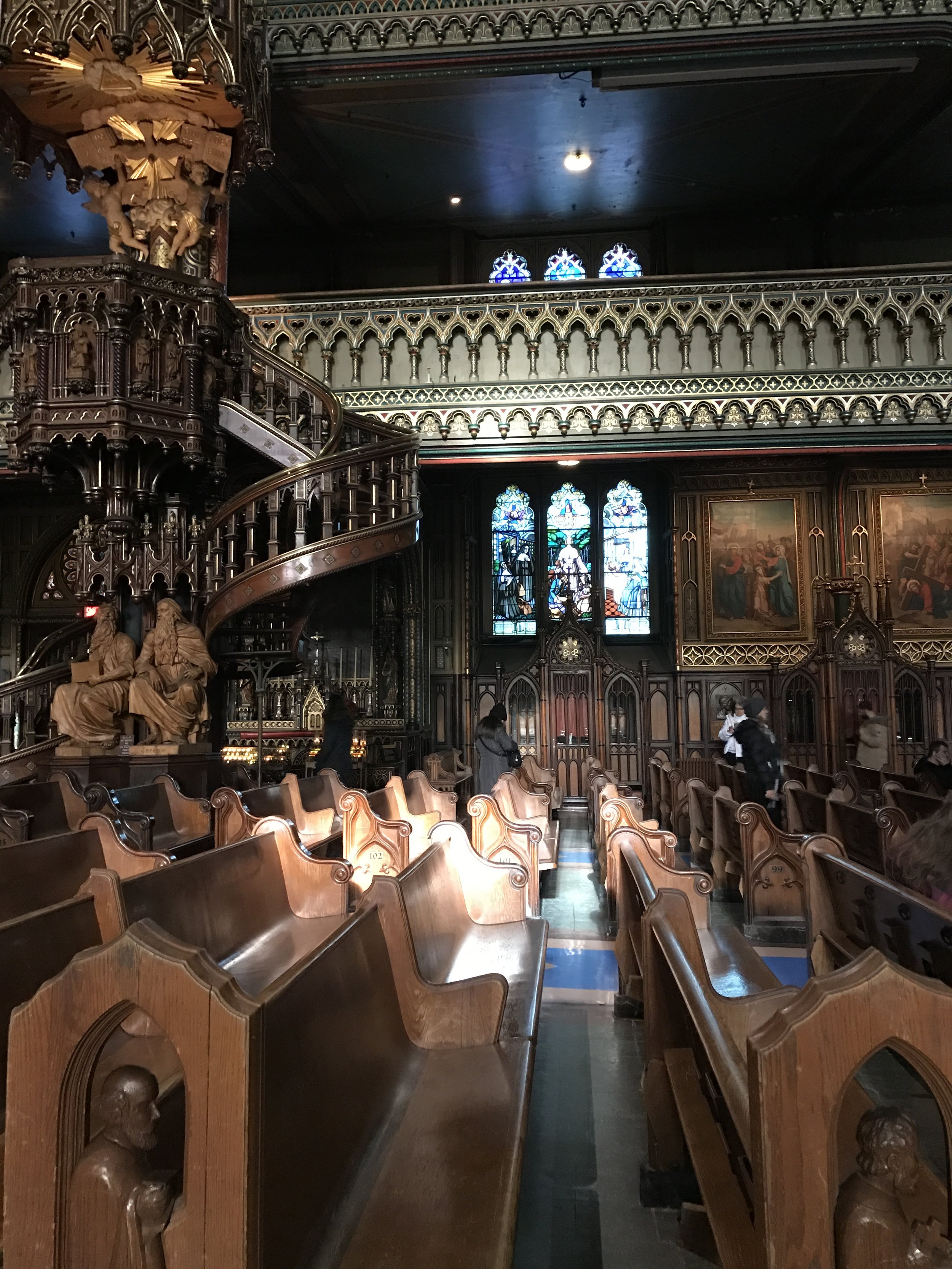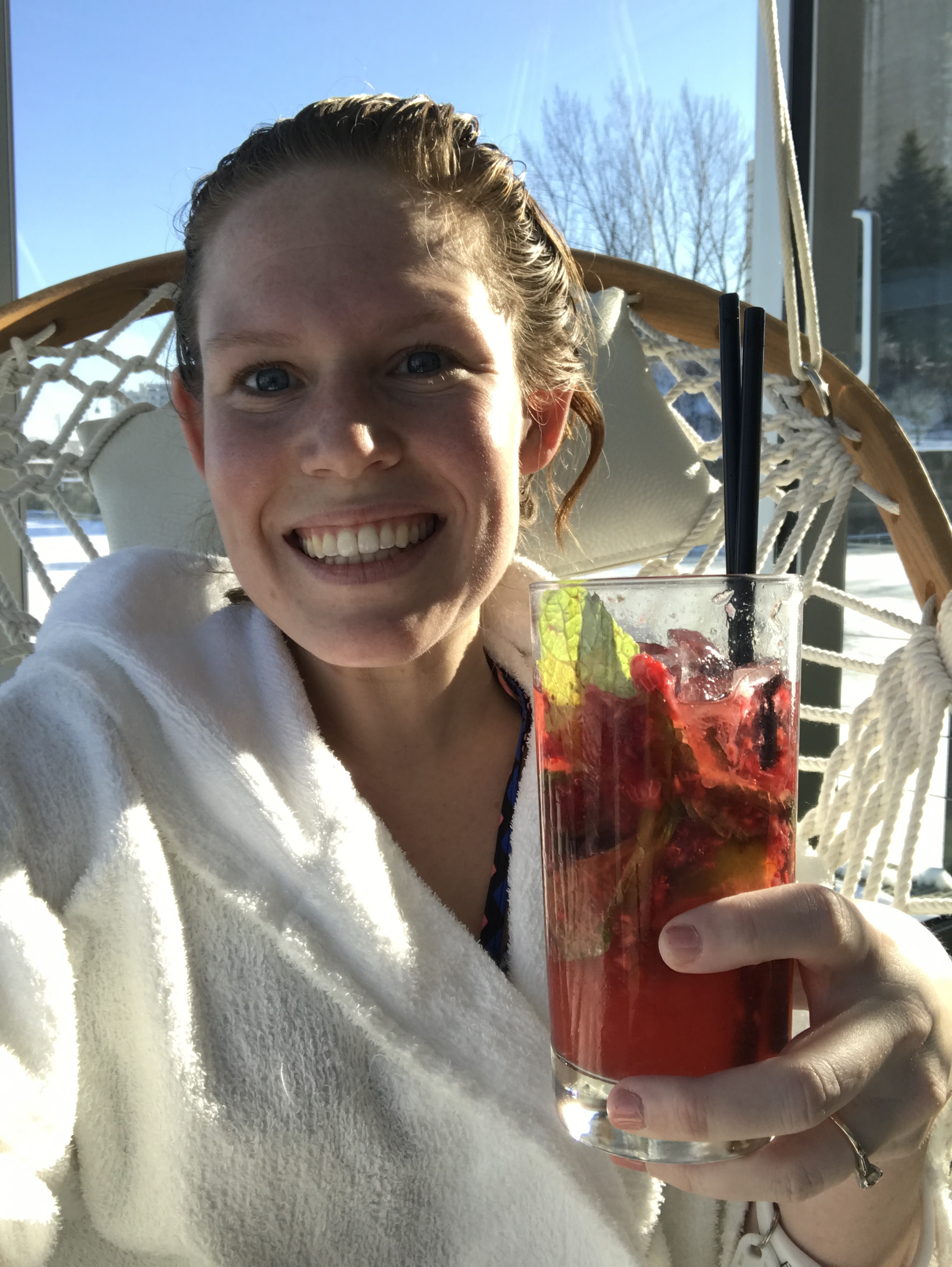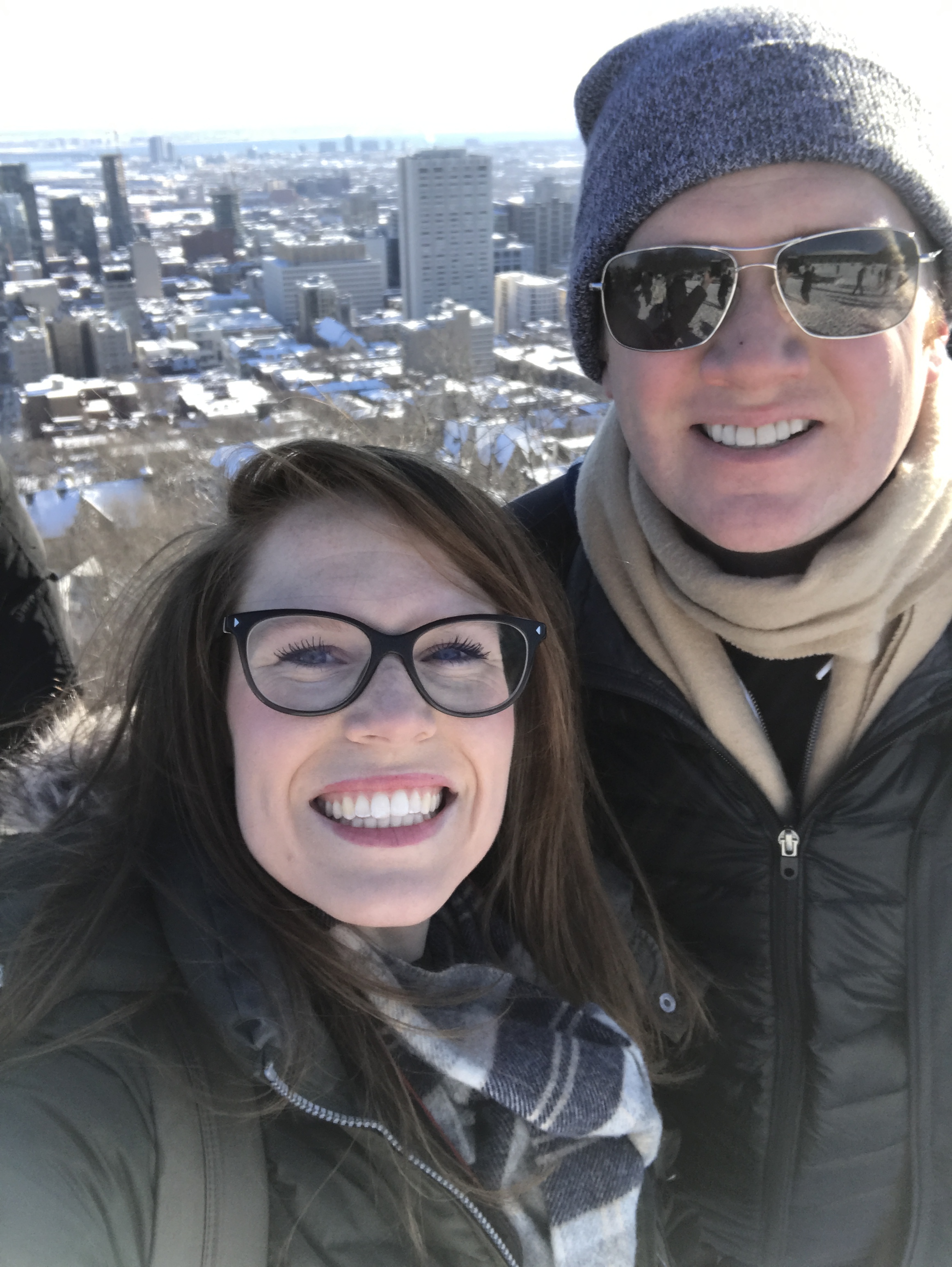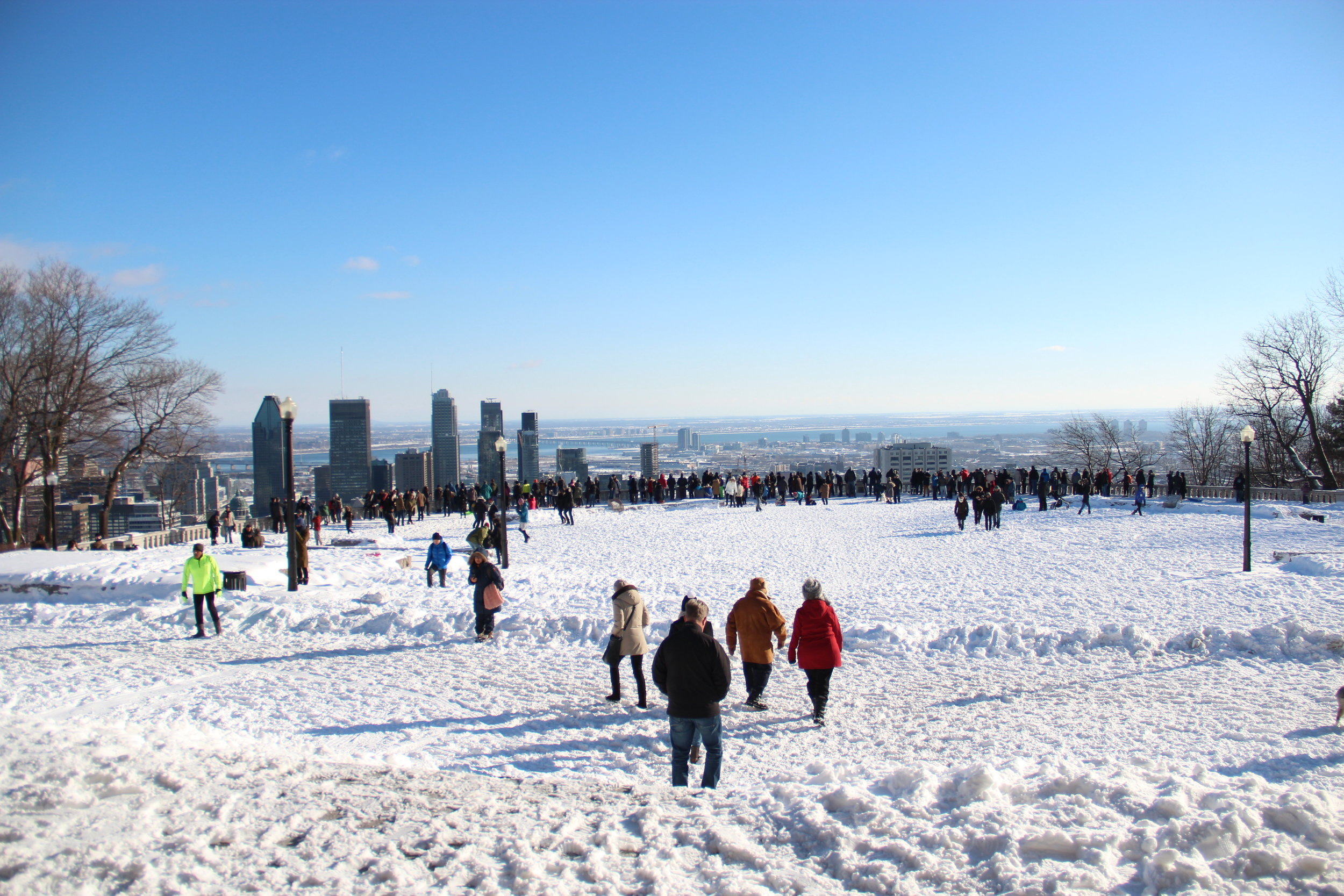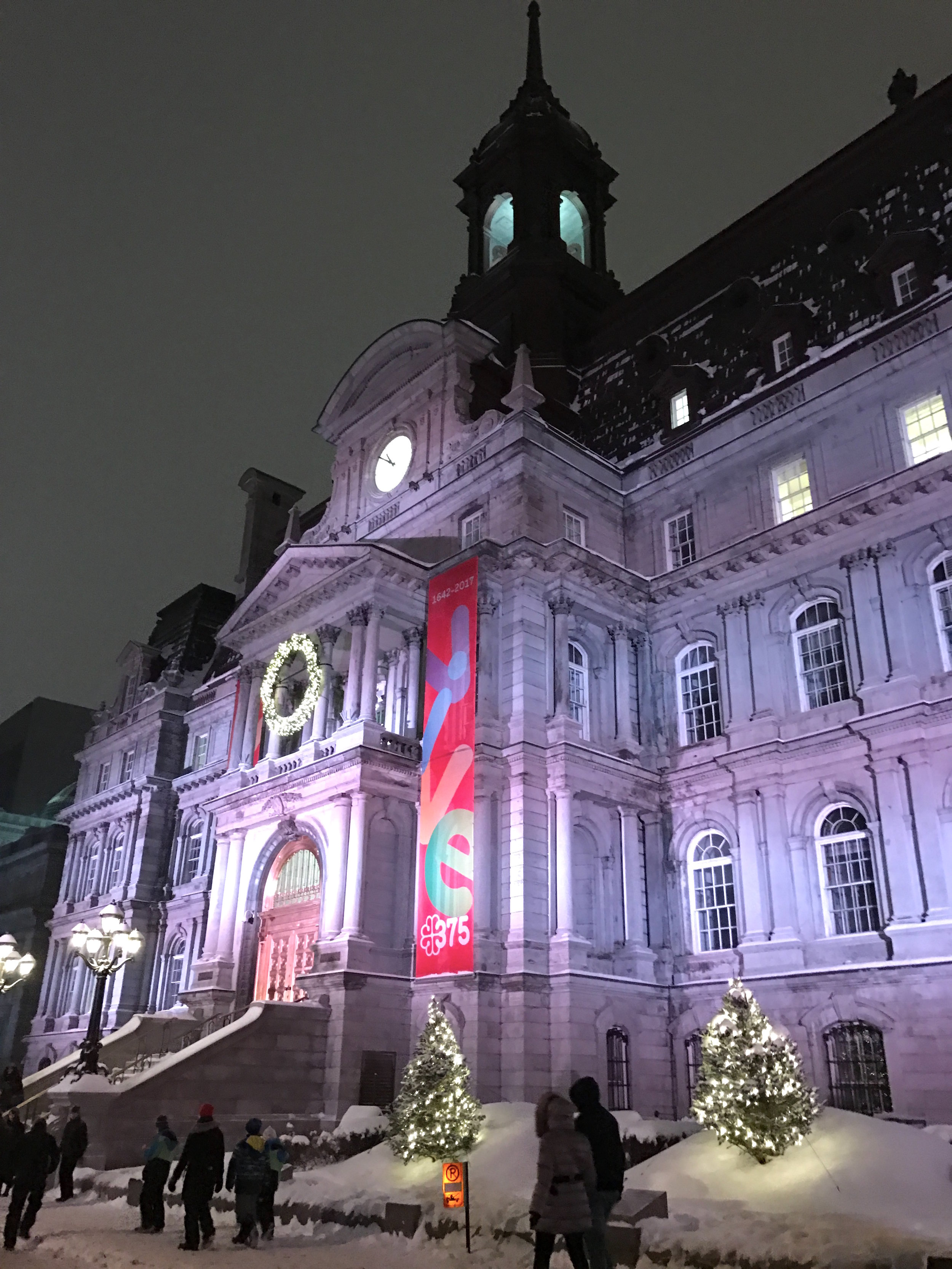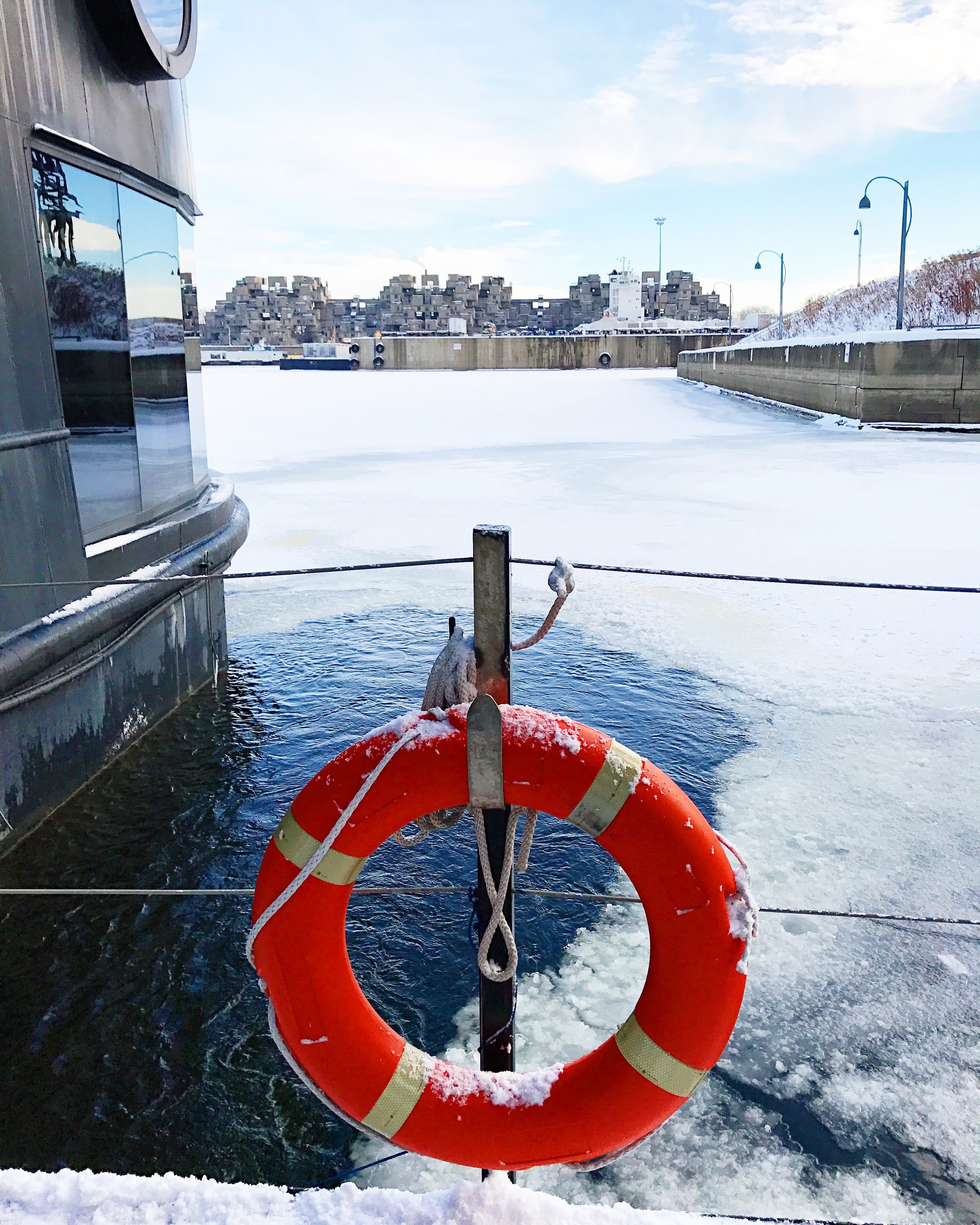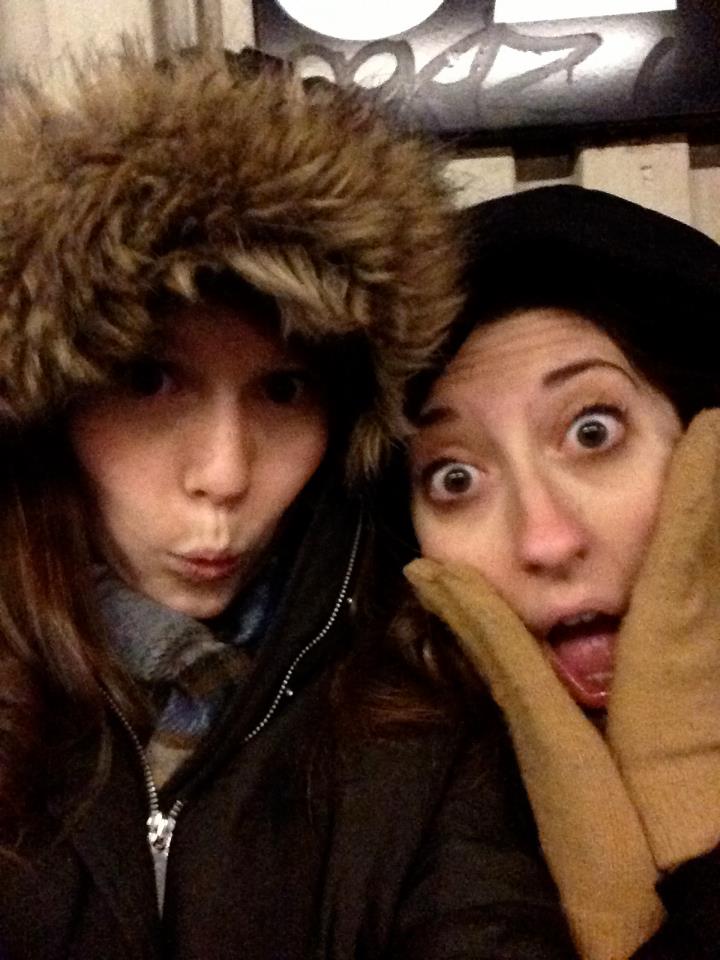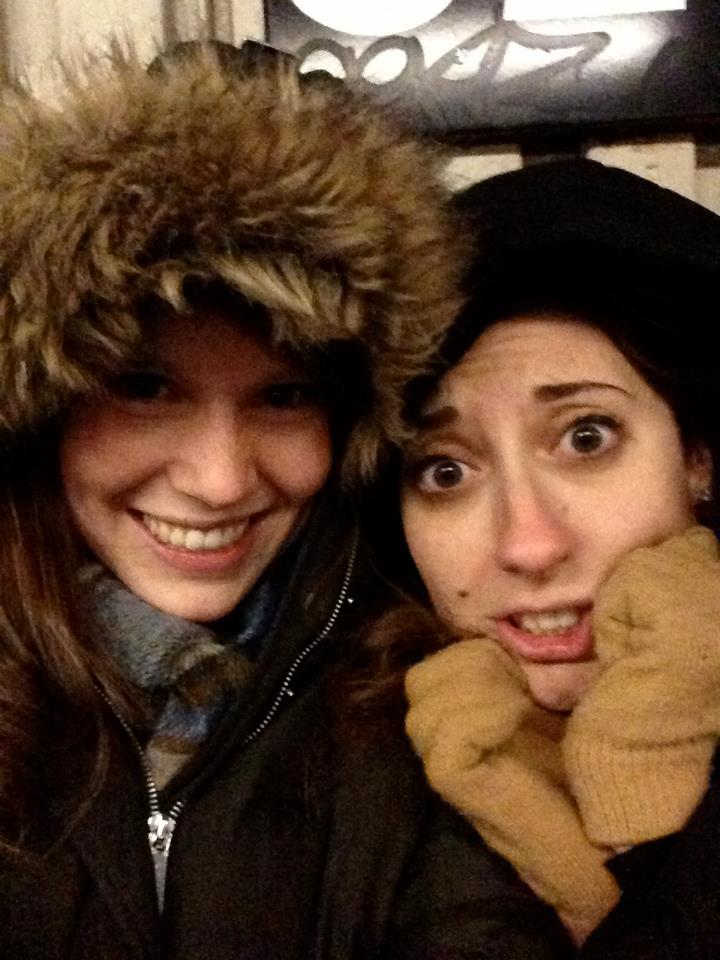I slip on a black dress.
This particular type of garment always reminds me of Bloomingdale's. The dress code for a salesgirl was black from head to toe. My shoes, dresses, headbands, and even my tights were a vibrant black. Washing your clothes led to fading, which, in turn led to being called out by management. So we all washed our laundry in cold water and talked about the benefits of air drying.
The department store that I worked for was, and is still, located on Broadway in the fashionable Soho neighborhood of New York. At one point during the 1980s, this stretch of street was a graffiti-covered eyesore complete with squatters and dingy bars. Now, Michael Kors, Longchamp, and Apple are just a few of the profitable high-end retail shops that call Soho home. I always struggle to decide if pre- or post-gentrification is truly better for the middle class residents of New York City—but the Soho I know is the second one, and from here on out that is how we shall picture it: tenements converted into luxury lofts, with retail shops on the first floor and cafés or national banks on the corners.
Bloomingdales' building was six floors with a basement or three. At the very top was the employee lounge, complete with couches, lockers, and a kitchen. I spent several lunches up there attempting to finish homework for grad school while eating a PB&J and a bag of chips. But for me, the worst part about working at Bloomingdale's was the exceedingly long amount of time I was expected to stay indoors under fluorescent lights. Therefore, most of my breaks consisted of 20 to 30 minute walks and a stop for food somewhere along the way. As long as I could see the people of New York moving about like buzzing bees, and feel the warmth of the sun burning my scalp, I was at peace. Sometimes Kelley Rippa would walk past me toward her Crosby Street home, and I’d smile and think, “Hey, you’re really doing this.”
Me, circa 2010, working at Bloomingdales Soho.
(I’m now zipping up my black dress, reflecting on past versions of myself.)
The bottom basement of Bloomingdale's housed the managers’ offices, some stock rooms, and a massive amount of Brown Bags. These were important marketing tools for Bloomies and came in “big,” “medium,” or “small.” Every item of clothing a customer purchased was wrapped in white tissue paper, and then placed in these iconic shopping bags—which, also reeked of mold when left in a damp NYC basement for too long. The stench made me depressed because I hated rounding up these moist containers from a basement that never saw the sunlight, but joyful because ungodly humans with grotesque bratty children valued them and trotted around the city boasting of their newly purchased treasures in a bag that was already rotting from the inside out.
A strange pang of rage shoots up my neck as I look at myself in the floor-length mirror attached to my bathroom door. Until this moment, I hadn’t realized my anger at certain types of customers still lingered deep below the surface. But maybe I should have guessed. To this day, there is a small collection of acquaintances that I can’t stand accompanying to a shop or restaurant. Their blatant ambivalence—or worse, neediness—of the salesgirls and wait staff is so uncomfortable, I find myself acting overly smiley and apologetic to the person being mistreated by the entitled patron in my presence. No “please,” no “thank you,” and an authoritative tone make me want to shake whoever I’m with and scream, “you’re nothing special!”
The customer is not always right. But then again, neither is the employee.
“Excuse me, where’s the restroom?” a woman with a fanny pack asked the sales associate closest to me. This particular member of the staff held the record for number of dresses sold, and had worked on the third floor since the opening of the Soho location. But when she didn’t sniff out a sale, she often acted like a cavewoman, complete with monosyllabic grunts and hand gestures. Today was no exception: She didn’t even look up as she pointed a thumb over her shoulder, indicating the direction of the toilets.
This was the worst type of person to work with: aggressive about getting her number of sales, and completely useless for anything else. Counting the money? Straightening the racks at night? The cavewoman would halfheartedly do a little of this, or a little of that. But the second a sophisticated guest walked in, her posture changed and her vocabulary grew to include phrases like, “This is a completely new Diane Von Furstenberg wrap dress, created for the spring line—it’s only been here a few days and selling out fast. I’m happy to leave one in the back for you, my dear.”
And now, seven years later, here I am working at an advertising agency, and wearing my own DVF dress. Vibrant black. Patton leather heels. A manicure.
But look closely…
There’s a chip in the nail polish on my left thumb. I’ve never been able to completely kill my nail biting habit.
And the attire? All of my name brand clothing is secondhand, including the Jimmy Choos on my feet. I’d rescued those poor stilettos from a dumpster while I was interning at a magazine in midtown. Like Cinderella and her glass slipper, they fit just right and they’ve been mine ever since.
And my job? Well, I didn’t know it yet—but I was about to lose it.
To be continued...
“The joy of life comes from our encounters with new experiences, and hence there is no greater joy than to have an endlessly changing horizon, for each day to have a new and different sun.”




